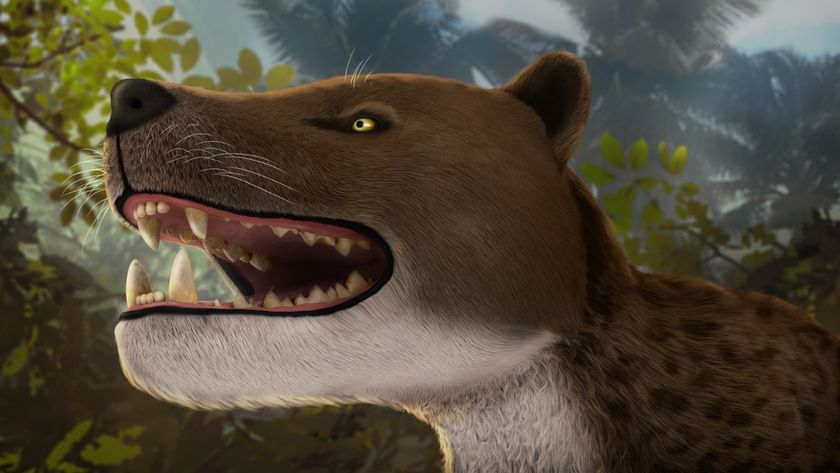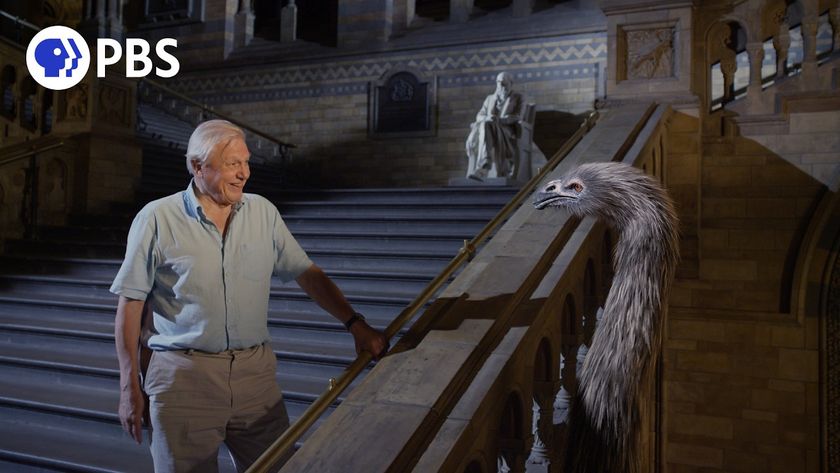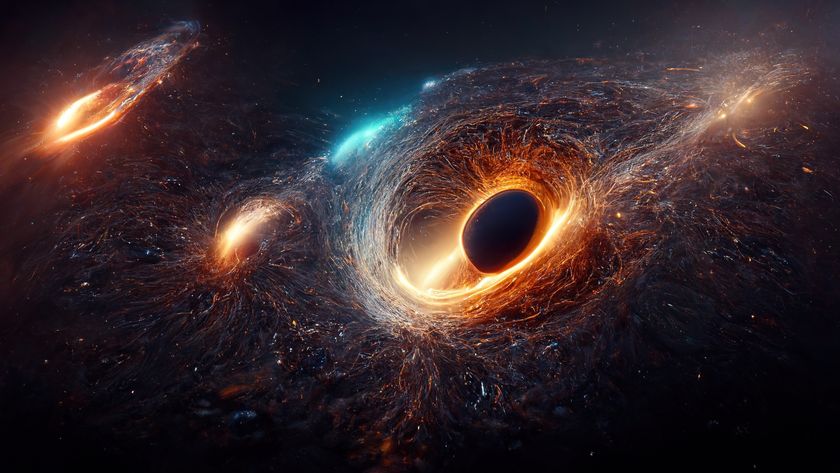450-Million-Year-Old Marine Creatures 'Babysat' Their Young
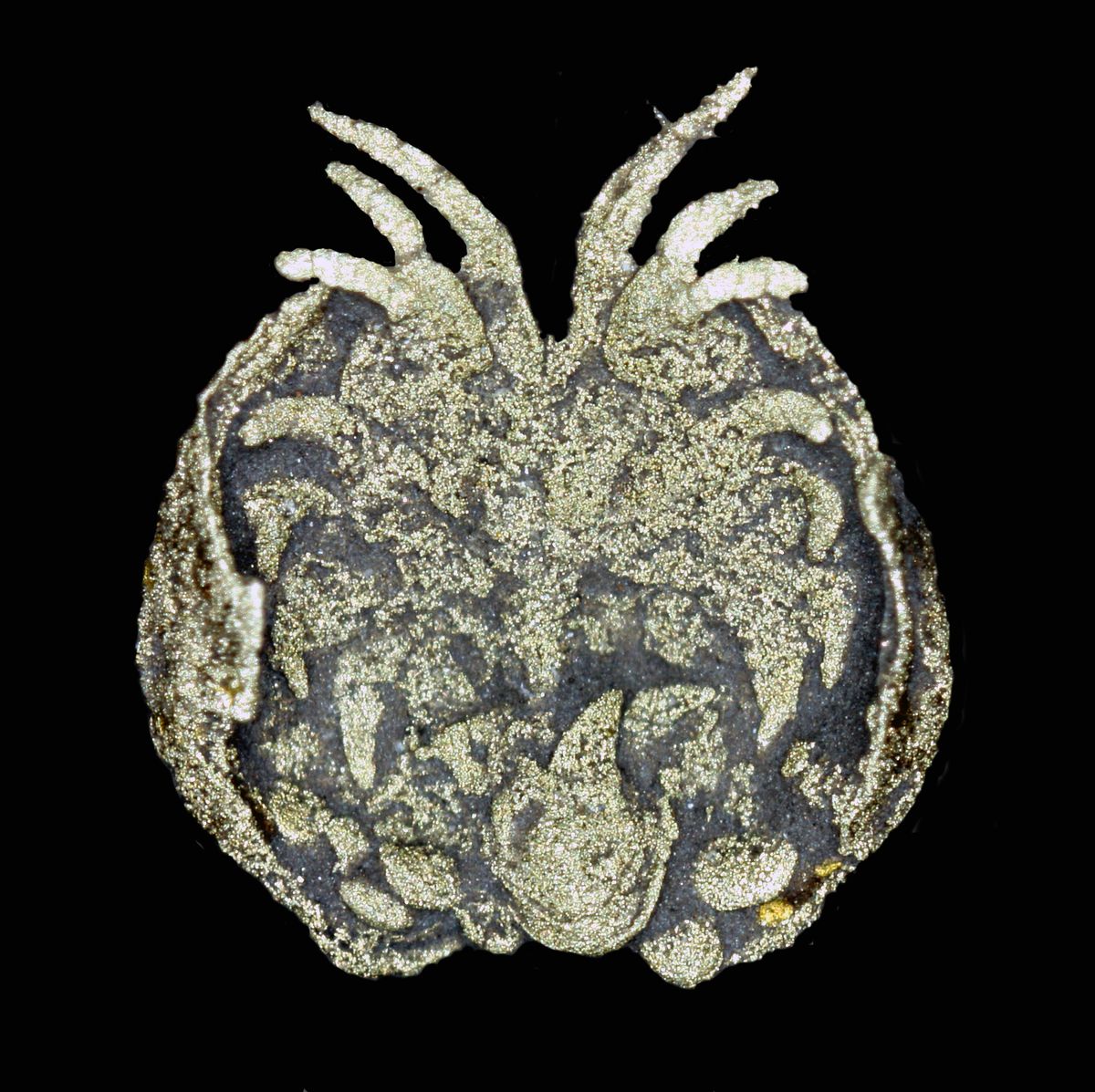
The oldest fossil evidence of animal "babysitting" now comes from 450-million-year-old rocks in New York.
Small marine animals called ostracods, a group of crustaceans that includes more than 20,000 species living today, were discovered buried with their eggs and young by a team led by researchers from the University of Leicester in Britain. The findings were published today (March 13) in the journal Current Biology.
"This is a very rare and exciting find from the fossil record," David Siveter, lead study author and a geologist at the University of Leicester, said in a statement. "Only a handful of examples are known where eggs are fossilized and associated with the parent. This discovery tells us that these ancient, tiny marine crustaceans took particular care of their brood in exactly the same way as their living relatives."
The ostracod specimens are among the rare fossils that preserve body tissues, such as limbs, embryos and other soft parts. These tissues have been replaced by the mineral pyrite, or fool's gold, but the mineralization means the researchers could closely examine the tiny fossils by X-ray and CT scanning.
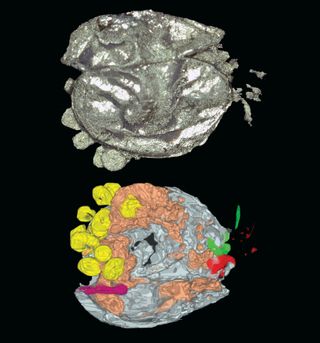
The tiny fossils, each less than a quarter-inch (2 to 3 millimeters) long, were collected from a rock layer called the Lorraine Group. Composed of muddy seafloor sediments, the layers have also yielded other spectacular sea creatures from the Ordovician Period, such as spiky trilobites. Researchers have uncovered older evidence of egg laying by animals, such as 600-million-year-old fossil embryos from rocks in South China, but this is the first time that brooding has been discovered so far back in invertebrates.
The newly discovered species reported in the study was named Luprisca incuba after Lucina, the Roman goddess of childbirth. The fossils are now part of the collection at the Yale Peabody Museum of Natural History, the researchers said.
Email Becky Oskin or follow her @beckyoskin. Follow us @livescience, Facebook & Google+. Original article on Live Science.
Sign up for the Live Science daily newsletter now
Get the world’s most fascinating discoveries delivered straight to your inbox.

